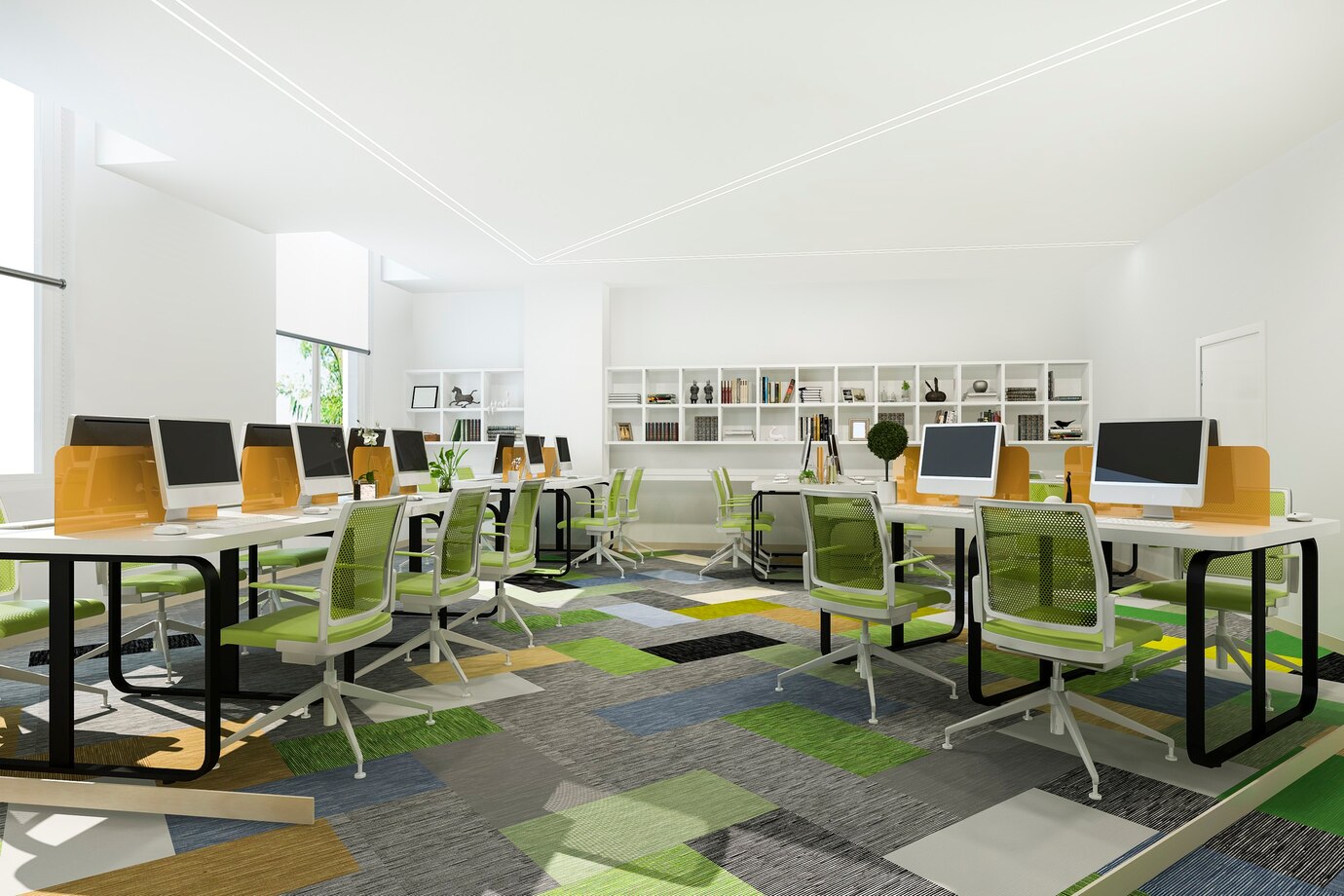
In today’s rapidly changing world, sustainability is no longer just a buzzword—it’s a necessity. With climate change, resource depletion, and environmental degradation becoming pressing global concerns, industries across the board are shifting towards more sustainable practices. One area gaining significant attention is the furniture industry. The growing demand for eco-friendly furniture reflects a deepening commitment to responsible consumption and greener living spaces, both at home and in institutional settings such as schools and offices.
This blog explores why eco-friendly furniture is more important than ever, the key benefits it offers, and how organizations can make environmentally responsible choices without compromising on style, function, or durability.
1. What is Eco-Friendly Furniture?
Eco-friendly furniture is designed and manufactured using sustainable practices and materials that minimize harm to the environment. This includes:
- Use of recycled or renewable materials (e.g., bamboo, reclaimed wood)
- Non-toxic finishes and adhesives
- Low carbon footprint manufacturing processes
- Ethical labor and production practices
- Durable designs that reduce waste through longevity
By prioritizing these aspects, green furniture supports a healthier planet while also enhancing indoor spaces with thoughtful design.
2. Why Eco-Friendly Furniture Matters in 2025
As we look ahead to 2025, the push for environmentally conscious living is stronger than ever. Governments, consumers, and institutions are collectively prioritizing sustainability goals. Schools, corporate training centers, and households are making deliberate decisions to switch to sustainable furniture solutions.
Key reasons why this shift matters:
- Global Environmental Goals: Many countries have committed to carbon reduction targets. Choosing sustainable furniture supports these goals.
- Healthier Indoor Environments: Traditional furniture can release harmful VOCs (volatile organic compounds) into the air. Eco-friendly options reduce indoor air pollution.
- Growing Eco-Conscious Consumer Base: Today’s consumers prefer brands that care about the environment. Educational institutions and companies that invest in green furniture reflect their commitment to sustainability.
3. Benefits of Eco-Friendly Furniture
Switching to eco-conscious furniture offers a host of advantages beyond just environmental impact:
a. Reduces Environmental Impact
Eco-friendly furniture uses less energy, water, and raw materials during production. Reclaimed wood, recycled metal, and low-emission manufacturing reduce the carbon footprint significantly.
b. Promotes Health and Well-being
Furniture made from non-toxic materials and natural finishes helps create a healthier indoor space. This is crucial in schools and offices where people spend extended hours.
c. Durability and Cost Savings
Sustainable furniture is often built to last, reducing the need for frequent replacements. Although the initial investment may be higher, the long-term cost savings are substantial.
d. Compliance and Certifications
Many eco-friendly furniture brands offer certifications such as:
- FSC (Forest Stewardship Council)
- GREENGUARD Certification
- LEED (Leadership in Energy and Environmental Design) These assure customers that the products meet strict environmental and health standards.
e. Positive Brand Image
Organizations that prioritize sustainability send a powerful message to employees, students, and stakeholders. It builds trust and credibility.
4. Trends in Eco-Friendly Furniture for Schools and Offices
In 2025, we are witnessing an exciting shift in how schools and offices approach furniture design. Sustainability is now a core component in procurement decisions.
Popular trends include:
- Modular furniture made from recycled materials
- Biophilic design elements like natural wood, stone, and greenery
- Use of VOC-free paints and adhesives
- Furniture-as-a-service (leasing sustainable pieces instead of purchasing)
- Lightweight and multi-functional designs to reduce material usage
At Karan Manufacturing, we incorporate these trends in our range of eco-conscious desks, boards, podiums, and accessories to help institutions build greener environments.
5. How to Choose Eco-Friendly Furniture
Whether you’re a school administrator, business owner, or home decorator, choosing sustainable furniture is easier than ever. Here’s how to make smart, eco-conscious decisions:
- Check the materials: Opt for reclaimed wood, bamboo, or certified sustainable timber.
- Look for certifications: FSC, GREENGUARD, and similar labels ensure environmental compliance.
- Ask about manufacturing practices: Ethical sourcing, energy-efficient processes, and local production reduce environmental impact.
- Prioritize durability: Long-lasting products generate less waste over time.
- Avoid toxic chemicals: Choose furniture with natural or water-based finishes.
6. Karan Manufacturing’s Commitment to Sustainability
At Karan Manufacturing, we understand the importance of sustainability in modern furniture design. We actively:
- Use high-quality, recyclable materials in our desks, tables, boards, and stands
- Design for longevity and flexibility to reduce waste
- Offer customization to minimize overproduction and promote efficient use
- Promote clean manufacturing processes with minimal emissions
Whether you’re setting up a classroom, training center, or office, we provide eco-conscious furniture that aligns with your values and performance needs.
7. Conclusion: A Greener Future Starts With Smarter Choices
Eco-friendly furniture is no longer a luxury—it’s a smart investment in our health, our spaces, and our planet. As we enter a new era of sustainability, choosing environmentally friendly furniture helps build a responsible, future-ready infrastructure for learning and working environments.
By supporting companies like Karan Manufacturing, institutions and individuals can take meaningful steps toward sustainability without compromising on aesthetics or function. Our commitment to crafting durable, customizable, and eco-conscious furniture ensures that you don’t just furnish a space—you transform it for the better.Interested in switching to eco-friendly furniture? Reach out to our team today to explore sustainable solutions tailored to your needs.
You Might Also Like




